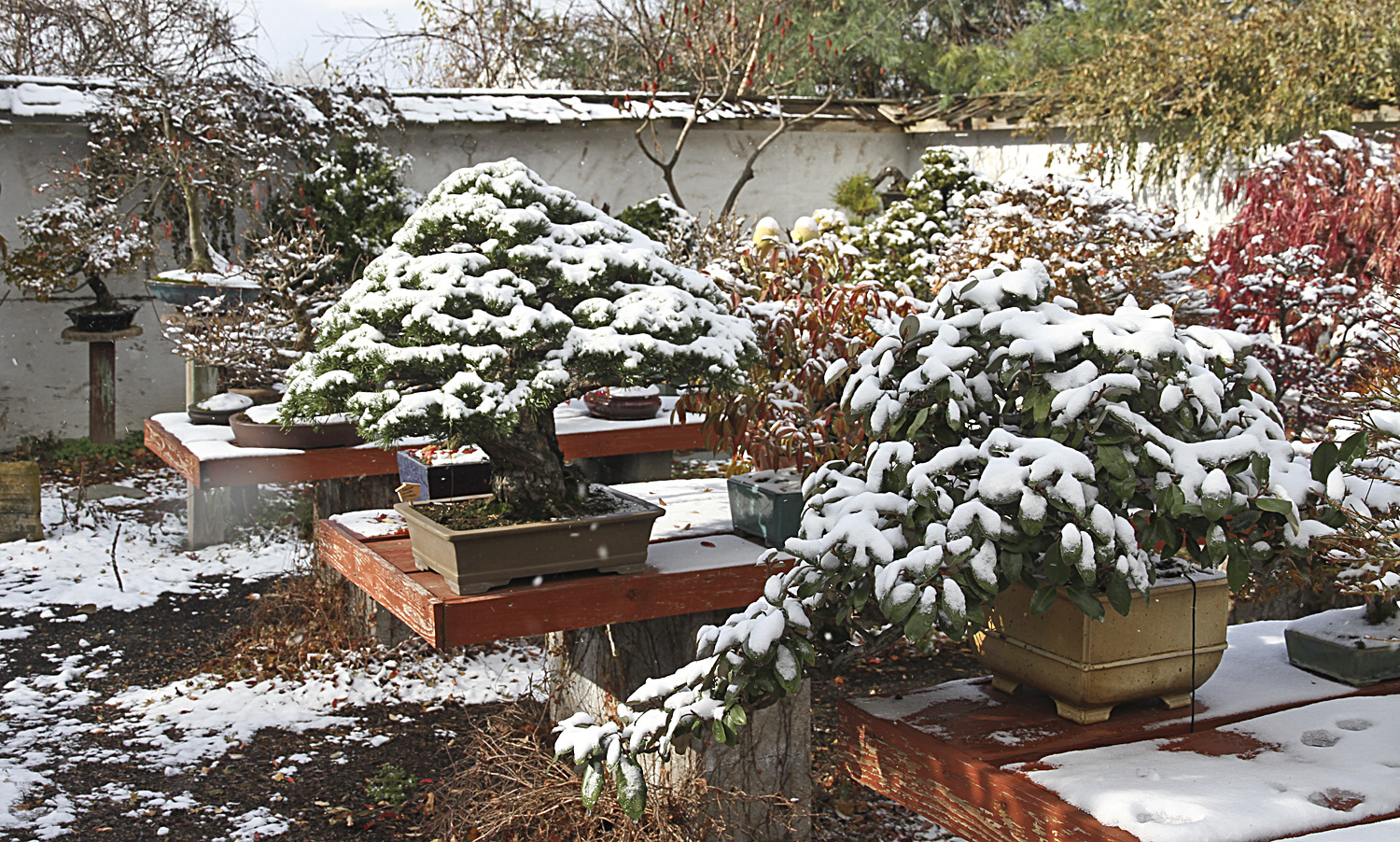Hot Tips For Keeping Your Bonsai Safe During The Cold Winter
31st Oct 2016

Winter is coming and, depending on where you live, this might be a big deal or it might not. However, winter can be a dangerous time for some bonsai species, so we wanted to talk a little bit about how to deal with the coming season for those in colder areas.
This blog will only be an overview. You'd be well advised to also look up a specific care guide for your bonsai species to ensure it doesn't have any special needs to take into consideration.
Tips On Ensuring Your Bonsai Tree Has A Safe Winter
I. Indoor Trees
Obviously, if your tree lives indoors all the time, winter isn't going to be a major issue. However, there are a couple things you should be aware of, or which might necessitate moving the tree during cold months.
1 - Sunlight
Does your tree need a lot of direct sun all the time? This could pose a problem at higher/lower latitudes, if your days are getting especially short. You might consider moving it nearer to a window, specifically so it can get as much sunlight as possible. Alternately, a grow light could be a good idea, to supplement the lessened UV rays it's receiving.
2 - Heating Drafts
Be aware of where your Bonsai is, relative to your heating vents and the airflow around a room. The air coming out of those vents is going to be quite hot, so if the bonsai is being hit directly by the heat, it could get scorched. Also, the tendency of the air vents to turn on and off frequently will give it extreme temperature variations. Move it to someplace away from the vents, where the room temp will stay relatively stable.
II. Outdoor Trees - Tropical and Sub-Tropical
The combination of a tropical\subtropical tree and a colder area of residence can be a big issue. Tropical Bonsai expect warm or temperate weather year-round. They are, therefore, the most at risk of damage or death during cold weather as they're simply not built for it.
If you have a tropical\subtropical Bonsai and expect a cold winter with plenty of freezing temperatures, snow, and ice, it will need to be moved indoors for protection. A greenhouse is another option here, if you happen to have one. It needs to be kept someplace heated which will always maintain temperatures well above freezing, and where it won't see any frost or ice.
III. Other Outdoor Bonsai
If you have a Bonsai which naturally grows in areas that see colder winters, rejoice - you probably don't have to do much to protect it. This is particularly true of deciduous bonsai which shed their leaves in the fall and go dormant during the winter. They're accustomed to cold temperature, and actually expect it.
Many Bonsai beginners don't realize it, but cold-weather Bonsai actually need a period of dormancy in the fall and winter. It's just like how humans and animals need regular sleep. Bringing a Bonsai like this indoors actually prevents the dormancy, and can cause health issues.
One other warning here: If your outdoor Bonsai lives in a pot rather than directly in the earth, AND you experience winters with prolonged temperatures well below freezing (-10C/15F or lower) you will want to give it some protection. In this situation, the roots could freeze, and that's fatal. Moving it to an unheated building or garage usually works. It needs to be cold, but not too cold.
Depending on your Bonsai species, you definitely need to be wary in winter. If you have questions, please contact the experts here at BonsaiOutlet for more advice!
